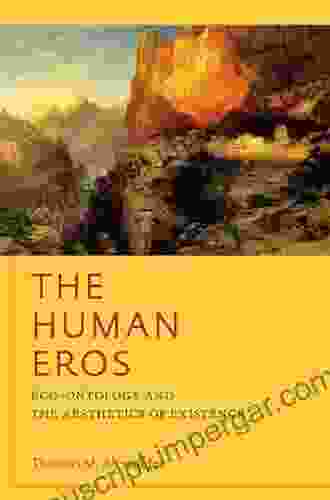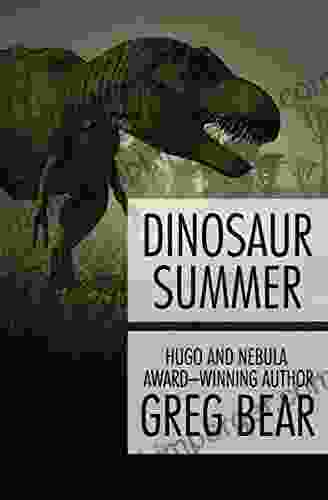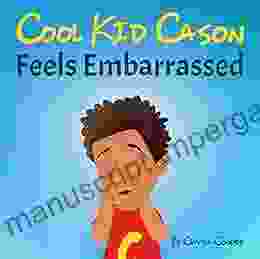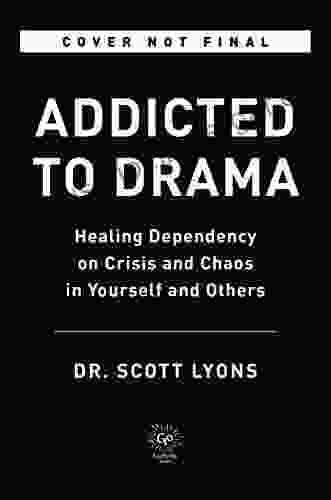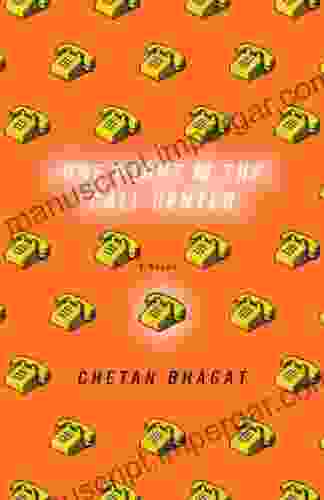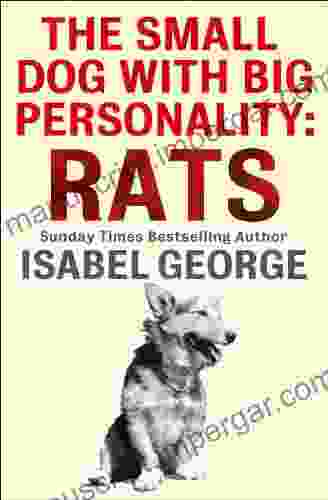Eco Ontology and the Aesthetics of Existence: Unveiling the Interdependence of Nature and Art

5 out of 5
| Language | : | English |
| File size | : | 5771 KB |
| Text-to-Speech | : | Enabled |
| Screen Reader | : | Supported |
| Enhanced typesetting | : | Enabled |
| Word Wise | : | Enabled |
| Print length | : | 453 pages |
| Lending | : | Enabled |
The relationship between nature and art has captivated philosophers and artists for centuries. In the realm of American philosophy, the exploration of eco ontology and the aesthetics of existence has shed light on the profound interdependence between these two realms. Eco ontology, a philosophical approach that examines the nature of being in relation to the environment, provides a framework for understanding the interconnectedness of all living and non-living entities within the natural world. The aesthetics of existence, on the other hand, investigates the ways in which humans perceive and experience the environment, revealing the profound influence that nature has on our aesthetic sensibilities.
Transcendentalism and the Romantic Roots
The origins of eco ontology and the aesthetics of existence in American philosophy can be traced back to the transcendentalist movement of the 19th century. Transcendentalists such as Ralph Waldo Emerson and Henry David Thoreau believed that there was an inherent unity between nature and the human spirit. They saw nature as a source of inspiration and truth, and they argued that the beauty of the natural world could lead to a deeper understanding of the meaning of life.
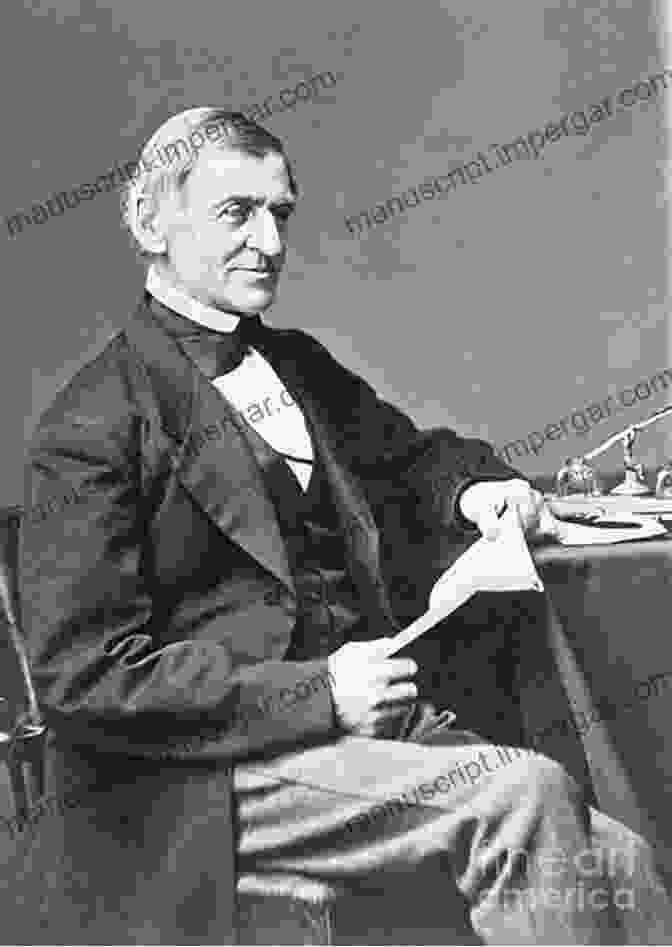
Pragmatism and the Aesthetic Experience
In the early 20th century, the pragmatist philosophers William James and John Dewey further developed the ideas of the transcendentalists. They argued that the aesthetic experience was not simply a matter of passive observation but rather an active process of engagement with the world. Dewey, in particular, believed that art could help us to better understand our place in the natural world and to forge a deeper connection with it.
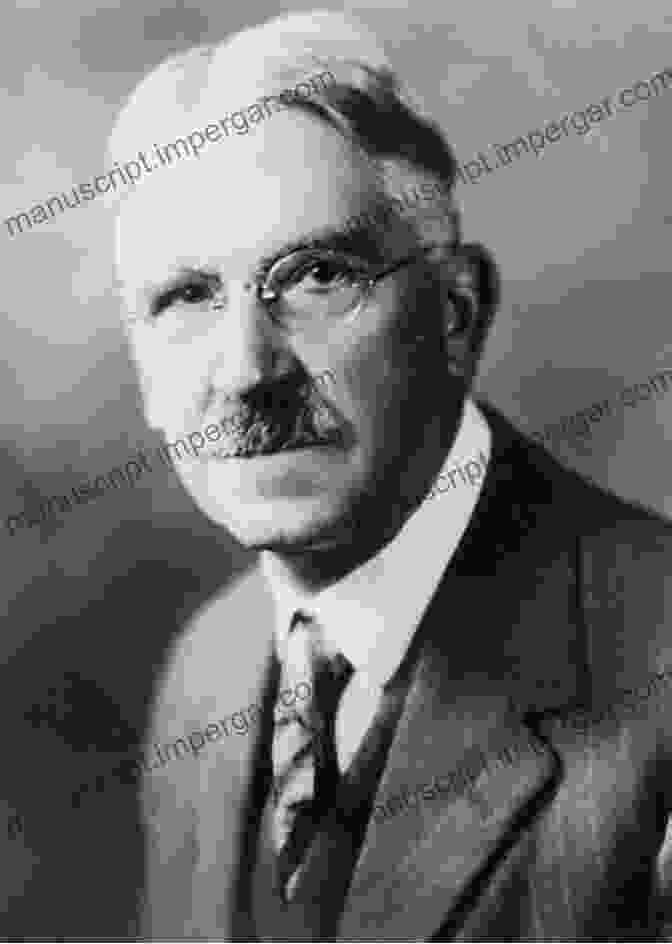
Ecofeminism and the Interdependence of Nature and Gender
In the latter half of the 20th century, ecofeminism emerged as a powerful movement that combined insights from environmentalism and feminism. Ecofeminists argued that the domination of nature and the oppression of women were two sides of the same coin. They sought to develop an ecological ethic that would respect both the natural world and the rights of women.
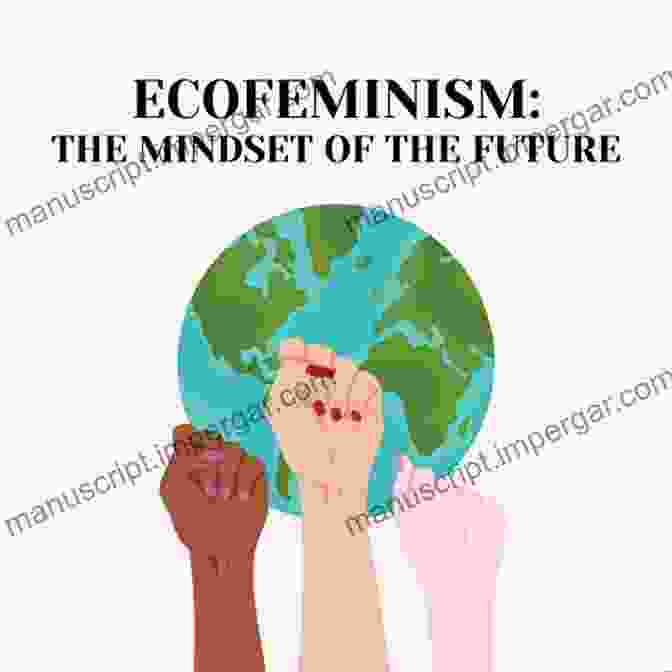
Contemporary Eco Ontology and the Aesthetics of Existence
In recent years, there has been a renewed interest in eco ontology and the aesthetics of existence. Contemporary philosophers such as Timothy Morton and Jane Bennett are exploring the ways in which the natural world is not simply a backdrop for human activity but rather an active participant in our lives. They argue that we need to develop new ways of thinking about our relationship with nature and to find ways to live in harmony with the environment.
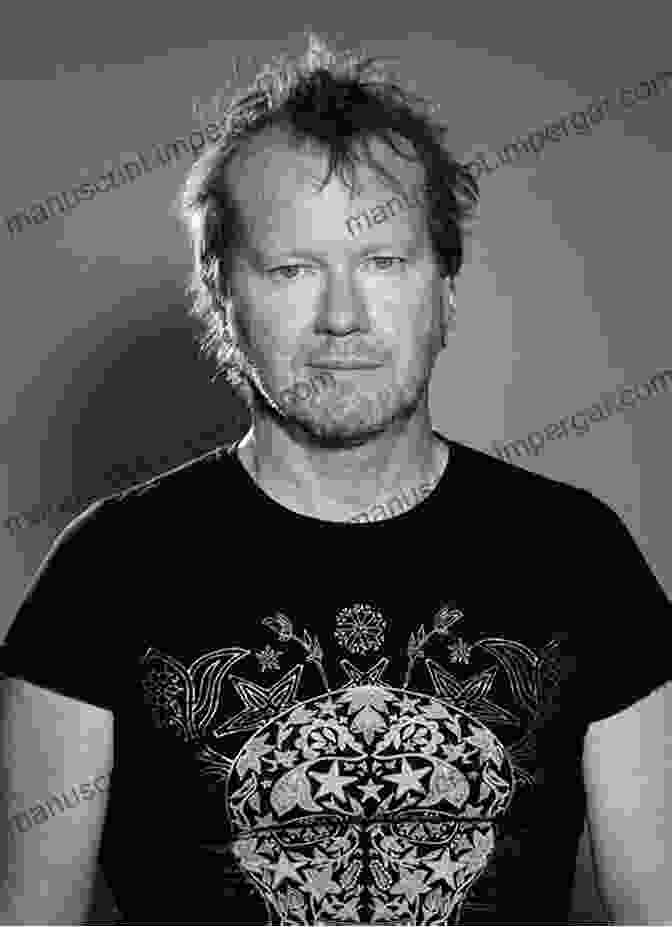
The exploration of eco ontology and the aesthetics of existence in American philosophy has provided us with a deeper understanding of the interconnectedness of nature and art. From the transcendentalists to the pragmatists and ecofeminists, American philosophers have consistently argued that the natural world is not simply a resource to be exploited but rather a source of inspiration, truth, and beauty. As we face the challenges of the 21st century, including climate change and environmental degradation, the insights of these philosophers can help us to develop a more sustainable and harmonious relationship with the natural world.
To further explore the fascinating world of Eco Ontology and the Aesthetics of Existence, consider purchasing our comprehensive book, which delves into these philosophical concepts in greater depth. Discover how nature and art intertwine to shape our understanding of reality and the meaning of life.
5 out of 5
| Language | : | English |
| File size | : | 5771 KB |
| Text-to-Speech | : | Enabled |
| Screen Reader | : | Supported |
| Enhanced typesetting | : | Enabled |
| Word Wise | : | Enabled |
| Print length | : | 453 pages |
| Lending | : | Enabled |
Do you want to contribute by writing guest posts on this blog?
Please contact us and send us a resume of previous articles that you have written.
 Book
Book Novel
Novel Page
Page Chapter
Chapter Text
Text Story
Story Genre
Genre Reader
Reader Library
Library Paperback
Paperback E-book
E-book Magazine
Magazine Newspaper
Newspaper Paragraph
Paragraph Sentence
Sentence Bookmark
Bookmark Shelf
Shelf Glossary
Glossary Bibliography
Bibliography Foreword
Foreword Preface
Preface Synopsis
Synopsis Annotation
Annotation Footnote
Footnote Manuscript
Manuscript Scroll
Scroll Codex
Codex Tome
Tome Bestseller
Bestseller Classics
Classics Library card
Library card Narrative
Narrative Biography
Biography Autobiography
Autobiography Memoir
Memoir Reference
Reference Encyclopedia
Encyclopedia Chris Pegula
Chris Pegula Josh Mitchell
Josh Mitchell Henry Kissinger
Henry Kissinger Christina Maslach
Christina Maslach Cheryl Shea
Cheryl Shea Zhenghao Gan
Zhenghao Gan Cheryl Matthynssens
Cheryl Matthynssens Christopher Lane
Christopher Lane Ray E Boomhower
Ray E Boomhower Peter Linebaugh
Peter Linebaugh Elle Smith
Elle Smith Robin Baker
Robin Baker Christopher Nyerges
Christopher Nyerges Christian Tagsold
Christian Tagsold Kenneth E Hamburger
Kenneth E Hamburger Kelly Tzoumis
Kelly Tzoumis Clare Swatman
Clare Swatman Christoph Enders
Christoph Enders John F Hoffecker
John F Hoffecker James Goi Jr
James Goi Jr
Light bulbAdvertise smarter! Our strategic ad space ensures maximum exposure. Reserve your spot today!
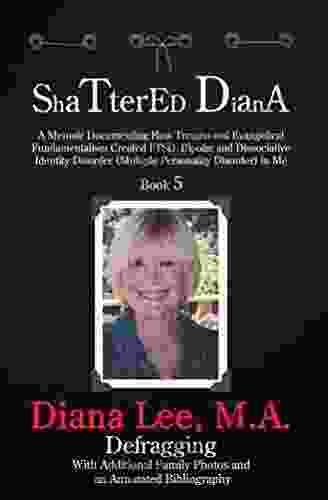
 Mario Benedetti**Unveiling the Scars: A Memoir of Trauma and Evangelical Fundamentalism**
Mario Benedetti**Unveiling the Scars: A Memoir of Trauma and Evangelical Fundamentalism** Greg CoxFollow ·13.2k
Greg CoxFollow ·13.2k Leslie CarterFollow ·16k
Leslie CarterFollow ·16k Langston HughesFollow ·13.2k
Langston HughesFollow ·13.2k Logan CoxFollow ·7.2k
Logan CoxFollow ·7.2k Shaun NelsonFollow ·18.8k
Shaun NelsonFollow ·18.8k Charles ReedFollow ·4.1k
Charles ReedFollow ·4.1k Oscar WildeFollow ·11.4k
Oscar WildeFollow ·11.4k Dale MitchellFollow ·7.9k
Dale MitchellFollow ·7.9k

 E.E. Cummings
E.E. CummingsOne Man's Story of What It Meant to be Pj
In the tapestry of life,...

 Caleb Long
Caleb LongPattern Theory in Video Keno: Unveiling the Art of...
Embark on an enlightening journey into the...

 Douglas Adams
Douglas AdamsUnveiling the Diplomatic Landscape: The Ottoman Empire,...
Delving into the History...

 Terry Bell
Terry BellThere Still Is No Off Season: Embracing Year-Round...
In a world consumed by routine and the allure...
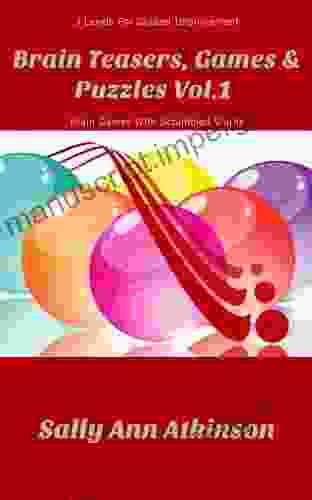
 Ibrahim Blair
Ibrahim BlairBrain Teasers Games and Puzzles: Exercise Your Mind with...
Prepare to embark on a captivating journey...
5 out of 5
| Language | : | English |
| File size | : | 5771 KB |
| Text-to-Speech | : | Enabled |
| Screen Reader | : | Supported |
| Enhanced typesetting | : | Enabled |
| Word Wise | : | Enabled |
| Print length | : | 453 pages |
| Lending | : | Enabled |


